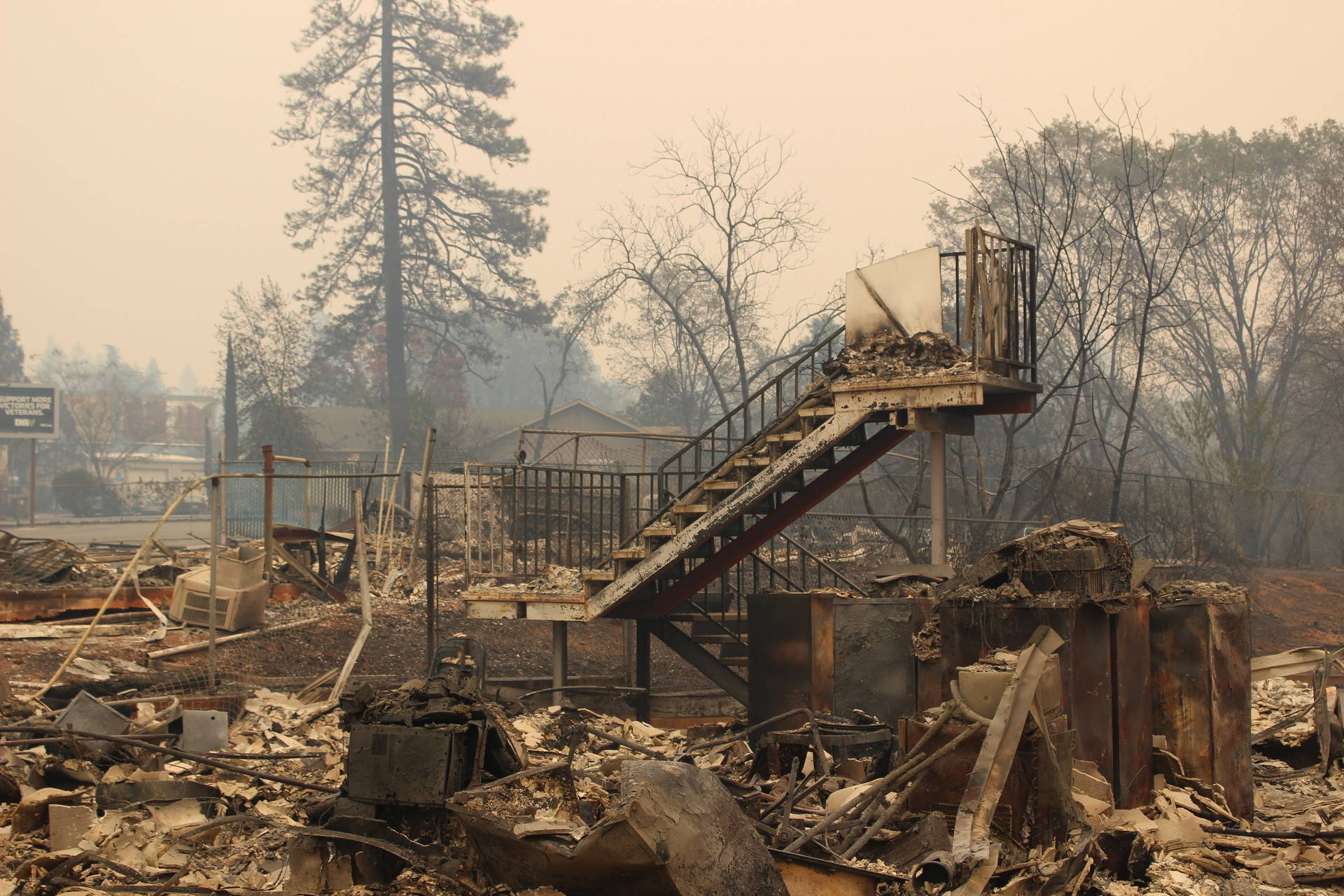Despite its scope, the state is not turning control of the project over to the federal government, which faced criticism over mismanagement of its contractors during the North Bay cleanup.
The state wanted more control and closer oversight of the project this time, said Eric Lamoureux, Cal OES’s Camp Fire recovery lead.
“If we see that a contractor is not cleaning the site appropriately, we can immediately correct their actions on-site so that it doesn’t magnify and become a problem that must be dealt with later,” Lamoureux said.
Following the North Bay fire cleanup, homeowners complained of property damage done by U.S. Army Corps of Engineers contractors. The state ended up stepping in to repair hundreds of lots that were over-excavated. Lamoureux sought to reassure homeowners about the process this time around.
“What we will not be doing is creating swimming pool-size holes in your yard,” Lamoureux said. “We will simply be removing the contaminated soil that needs to be removed and nothing more.”
CalRecycle, a department within the California Environmental Protection Agency, will oversee the Camp Fire debris removal project. Lamoureux said the state’s landfill and recycling agency now has more than a decade of experience with fire cleanup. But this project comes with its own unique challenges.
“There’s limited routes in and out,” Ghilarducci said. “We will have thousands of trucks that will be moving debris up and down the highway.”
Most of the ash and debris will get trucked to landfills south of Butte County because the local landfill doesn’t have the capacity, according to Lamoureux. The concrete and metal will go by rail to Utah and Nevada for recycling, he said.
Lamoureax said the state still doesn’t know how much the project is projected to cost. CalRecycle will be seeking bids for the job in the coming weeks. Cal OES also encouraged local contractors in Butte County to contact CalRecycle about opportunities to participate in the project. Debris removal is scheduled to begin in earnest on Jan. 14, 2019.
At least 85 were killed in the Camp Fire, making it the deadliest wildfire in modern California history. Cal Fire currently estimates the fire has destroyed 18,793 structures, including 13,972 single residences, primarily in and around Paradise, a town of 27,000 in the foothills east of Chico. That makes the Camp Fire the most destructive fire in terms of structures destroyed in recorded state history, surpassing last year’s Tubbs Fire, which destroyed 5,636 structures and killed 22 people.

